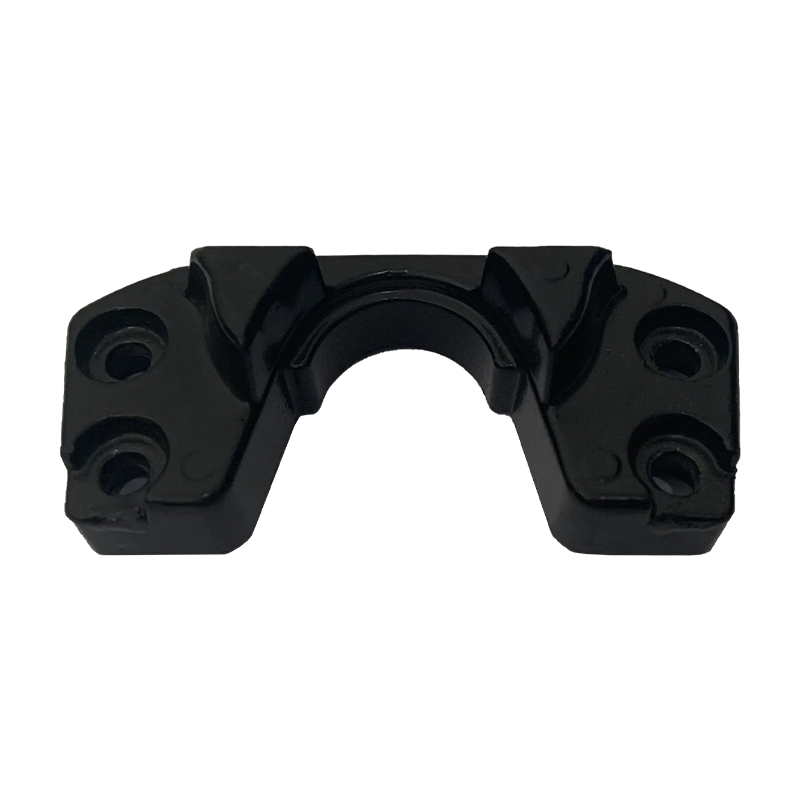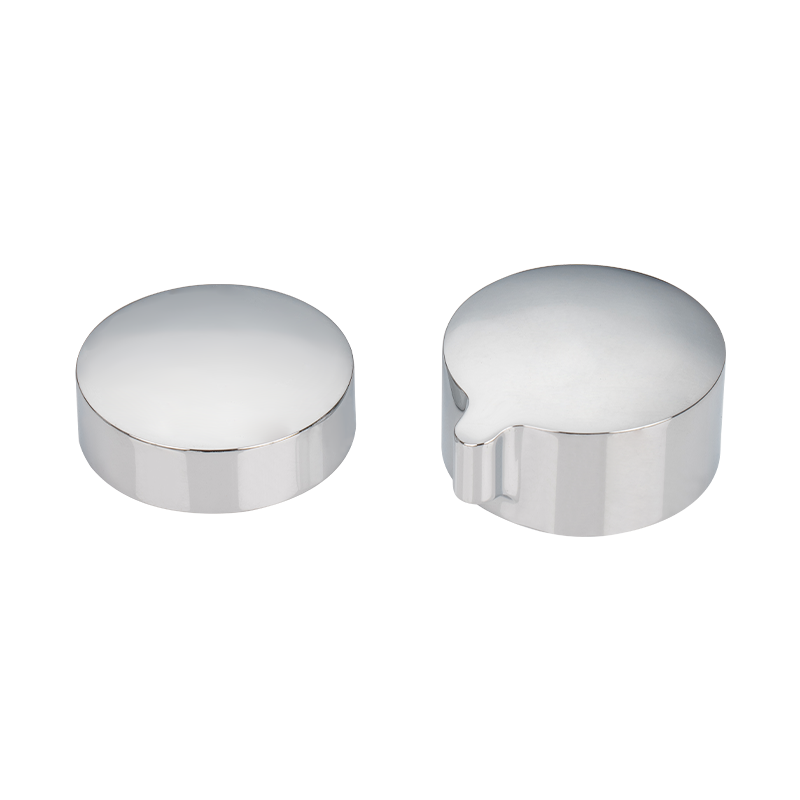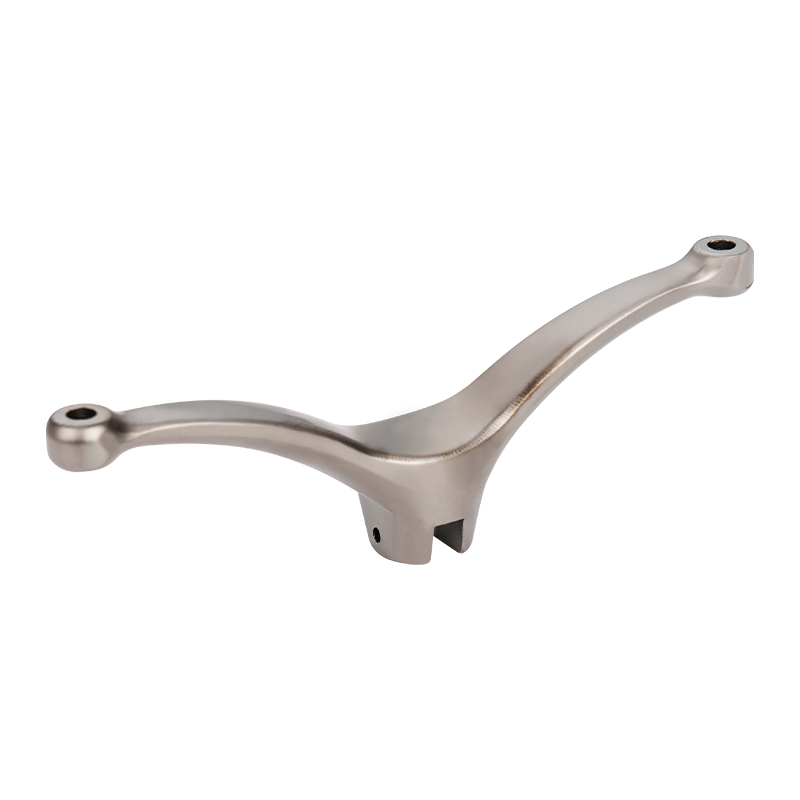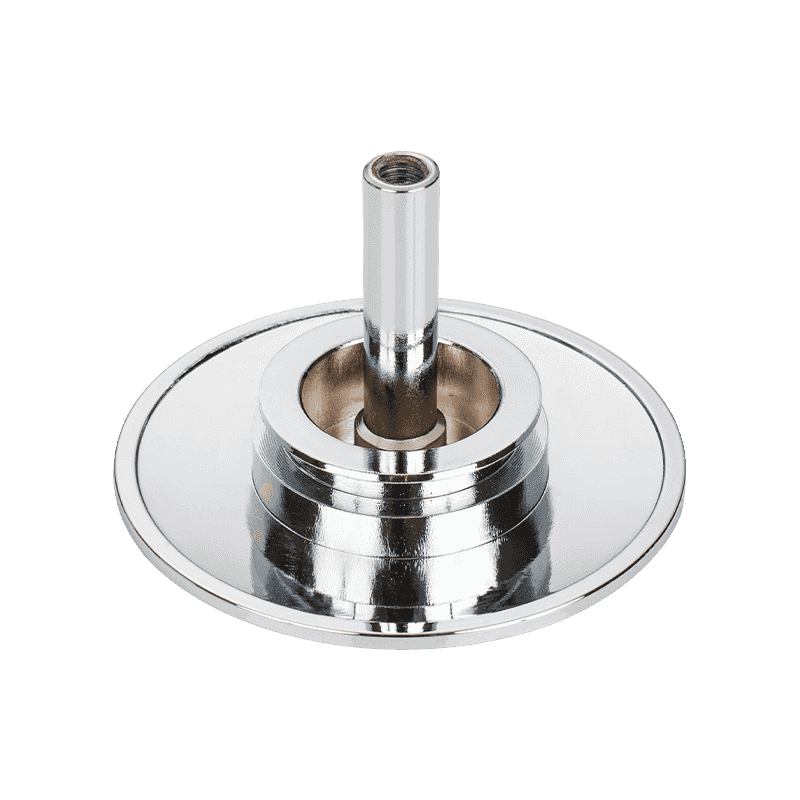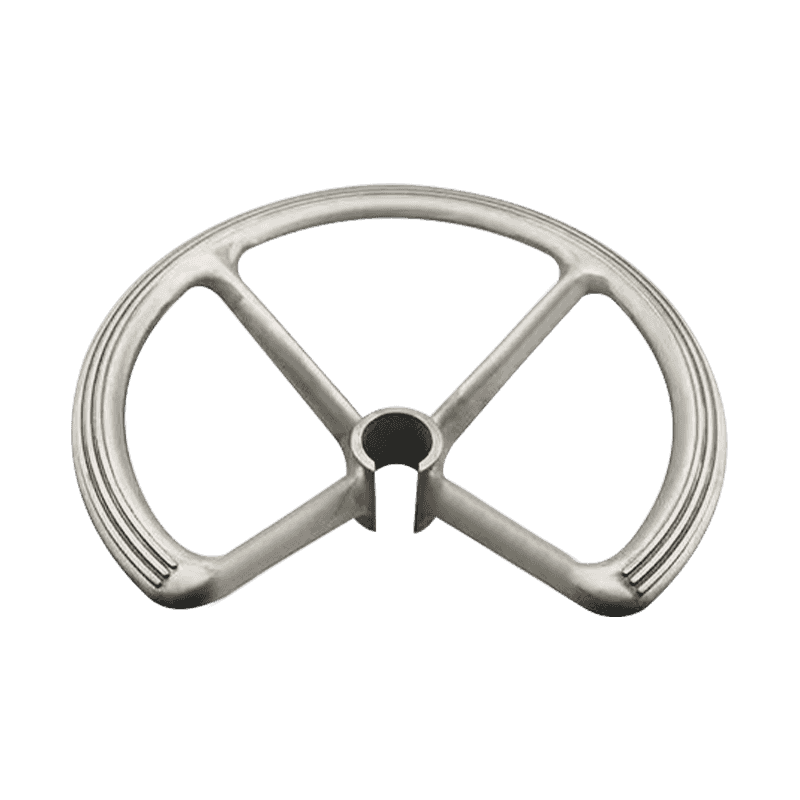The role of lead die-casting in the lightweighting of specific automotive parts
28-08-2024When exploring the selection of new materials for specific parts in the lead die-casting process in the field of lightweighting of automobiles, we need to conduct in-depth analysis from multiple professional perspectives such as material properties, component functions, production processes, and lightweighting requirements. Although lead itself is not directly conducive to lightweighting due to its high density, in certain specific scenarios, it is still possible to achieve a balance between performance and lightweighting through the combination of new material technology and lead die-casting.
Material performance considerations
Strength and stiffness: For parts that need to withstand high loads, such as engine brackets, suspension parts, etc., a combination of materials with high strength and stiffness needs to be selected. Fiber-reinforced composites can significantly improve overall strength while maintaining certain lead matrix properties, and are potential choices for such parts.
Corrosion resistance: In the underbody or engine compartment of a humid, dusty or chemically harsh environment, the corrosion resistance of the parts is crucial. Lead-based materials themselves have a certain degree of corrosion resistance, but combined with corrosion-resistant coatings or composite layers, the service life of the parts can be further improved.
Lightweighting potential: Although lead has a high density, weight can be reduced while maintaining performance by optimizing component design.
Component Function Analysis
Structural support components: such as body frames, chassis crossbeams, etc., need to have good structural support capabilities. Among these components, lead die-casting may not be a choice, because lighter materials can provide better lightweighting effects under the same conditions. However, in some special occasions, lead-based composite materials may have advantages.
Functional components: such as batteries, shock absorbers, etc., their functional realization is closely related to material properties. For batteries, although the material selection of the battery itself has a greater impact on lightweighting, the lead die-casting process can be used to manufacture components such as battery housings or brackets, and lightweighting can be achieved through optimized design. Shock absorbers rely more on internal structure and material formulation, but the lead die-casting process can be used to manufacture certain connectors or fixings.
Are You Interested In Our Products
Leave your name and email address to get our prices and details immediately.

 English
English 中文简体
中文简体 Deutsch
Deutsch русский
русский





